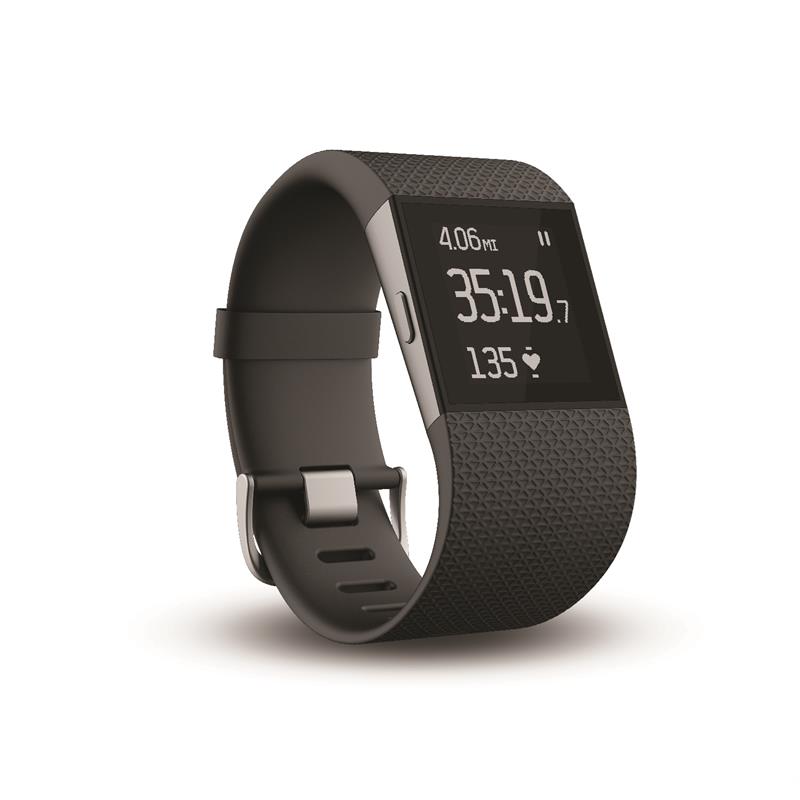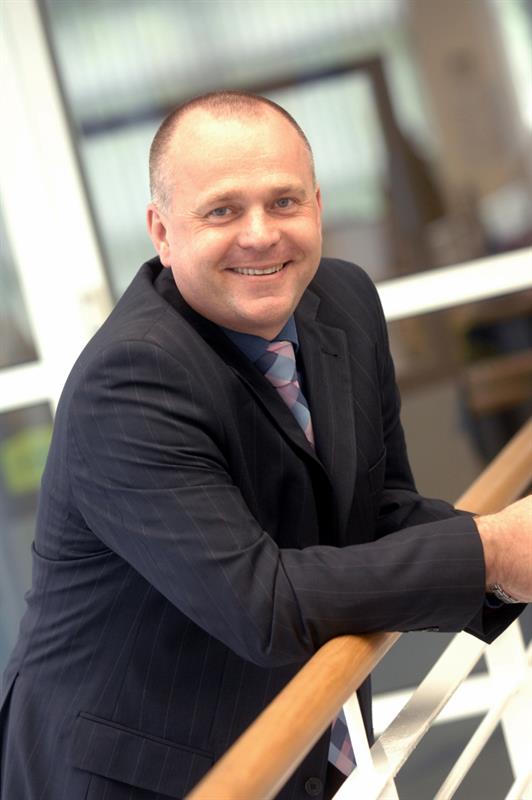To capitalise on this interest, wearables manufacturers need to demonstrate that they are complying with factors ranging from the optimisation of functions to user operating time, while addressing potential safety risks such as electric shock, burns, chemical reactions and exposure to RF.
All have to be taken into account with wearables, whether they are activity trackers, smart fabrics or electronic glasses. While there are, at least at present, no standards or regulations that address the wearables market specifically, Richard Poate, senior manager with TUV SUD Product Service, said: “All wearable devices are covered by existing standards, whether for battery lifecycle testing, RF, specific absorption rates or biocompatibility. In fact, numerous Directives may apply to wearables.”
The key issue, in Poate’s opinion, is that we are taking existing technologies and using them in a new way. “Even the simplest of wearable products will need careful consideration of the risks associated with its use and whether it complies with those existing rules and regulations.”
Smart fabrics raise some interesting issues, as Poate explains.
“Softline testing will apply to these products – for example, toxicology, care label verification and physical testing. But manufacturers will also have to take into account EMC, ingress protection (IP) and the Battery Directive, as well as RoHS and WEEE.
“In many cases, existing standards relate to products which are far removed from wearables.
“Current relevant IP ratings that cover fabrics were originally intended for electrical enclosures. Those tests see water sprayed at room temperature over the device. But how relevant is that to a product that will be regularly washed, in detergent, at temperatures of up to 40°C?”
Poate suggests that companies will need to create their own tests for wearables or smart fabrics if they want to address compliance issues.
“Many companies have already developed and apply tests that go above and beyond those required by legislation, but that is a relatively new trend for the consumer market. In Europe, we have a system based on what is called self-declaration. Manufacturers can run their own tests, produce their own technical files and CE marking.”
Other regions, such as the US and Canada, have stricter regimes and require formal certification.
“Global markets can be a minefield when it comes to compliance, but most countries will base their certification on what goes on in Europe or in North America.
“It’s a matter of common sense in many cases,” suggests Poate. “When it comes to the example of smart fabrics, wash them in a washing machine, treat them as they would be in a real-life environment and see how long they survive.
“Crucially, you need to address consumer expectations when it comes to performance and reliability and at the moment regulations for wearables don’t really tackle this.”
The use of a washing machine to test IP arose from discussions with one particular customer, Poate explains.
“Always take a pragmatic approach. In this case, that advice arose after a discussion with a retailer. We took a step back and realised that it was far better to offer a real world test.”
It’s also a good example of the importance of spending time ‘upfront’ with the customer.
“It’s not about developing new standards or methodologies; rather, it’s about developing a ‘test play’ for a particular product, looking at the market it will be addressing. My advice is that you should always look at worse case scenarios. When it comes to wireless technology, for example, what are the worst transmission modes? How will licensed cellular bands, GPS, RFID and other popular frequency bands affect power consumption?
“Unfortunately this all adds further complexity to the design of a wearable device,” Poate concedes.

The FitBit Surge 3QTR is one of the 3million wrist worn wearable devices sold in the UK in 2015
The Radio & Telecommunication Terminal Equipment Directive (RTTE) currently covers health and safety, EMC and spectrum usage. But the industry is in a transition period, moving to the Radio Equipment Directive (RED, see p33), which covers products that intentionally emit or receive radio waves.
“While they are essentially the same, RED also covers the ‘efficient’ usage of spectrum,” Poate explains.
Wearable manufacturers also need to ensure data security and integrity. As a result, they need to be aware of privacy issues and the risks associated with data theft.
A number of such manufacturers have recalled products after users claimed they caused ‘skin rashes’ or questioned the accuracy of devices, in particular fitness trackers.
Manufacturers need to get a grip on this, argues Poate, and the wearable market requires a new ‘mind set’ when it comes to addressing compliance.
“While testing isn’t a magic bullet, the industry needs more independent, verifiable tests that will be able to counter negative headlines about rashes and adverse reactions, in turn, bolstering consumer confidence. Meeting standards and compliance is not difficult; all it requires is the application of good engineering practice,” Poate argues.
“Many wearable devices use lithium ion batteries. While they are great, they aren’t so effective when it comes to mechanical shock. Devices will be dropped and there’s unforeseeable human activity. Take a FitBit; while they shouldn’t be worn in the shower, they will be. When you’re designing a wearable device, you need to take into account human activity – the unexpected.”

| “Even the simplest of wearable products will need careful consideration of the risks associated with its use.” Richard Poate |
Poate raises an interesting point when it comes to marketing wearables. “We’re taking standard technologies and repackaging them in order for them to be used differently. In many cases, we are seeing certain technology being miniaturised which was never intended to be used by certain groups – children, for example. How are those products going to be labelled? Crucially, you need to think about the markets you are looking to address.”
There are also issues regarding batteries. “The Battery Directive is there to help with the disposal of products at the end of their life. How do we inform customers and apply the laws as they stand without terrifying consumers of smart clothing? How many keep the packaging associated with their clothes? So, in the real world, where do we put the labelling?”
When the regulatory and standards environment for wearables is described as ‘chaotic’ Poate concurs.
“At present it is; very much so. While technology is advancing rapidly, standards legislation, by its very nature, does not. We are seeing innovative products appearing that could present a hazard but which are not covered by current regulations. It’s all about playing ‘catch-up’.”
The key to compliance in the wearables market is to know and understand your intended market, according to Poate.
“By planning upfront, you can reduce the number of tests. Look to eliminate problems before they happen. By testing effectively, you’ll not only bring products to market faster, you’ll also end up with an improved product that will sit better in the market.”













